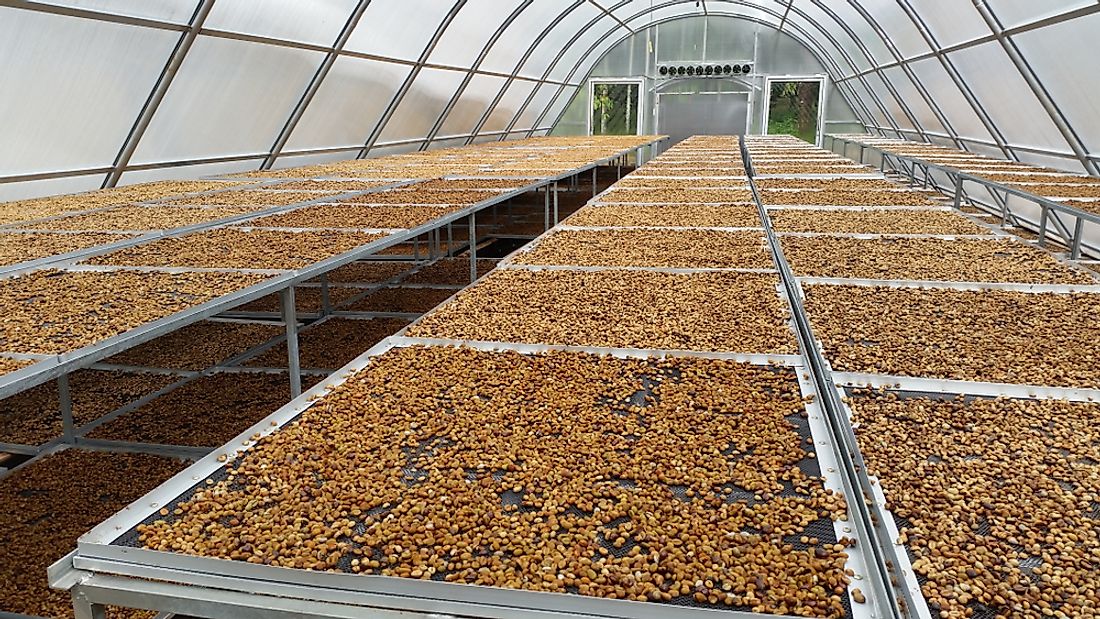What Are The Biggest Industries In Sao Tome And Principe?

Sao Tome and Principe is an island country in the Gulf of Guinea, located off the western coast of Central Africa. It is made up of two archipelagoes around two main islands; Sao Tome and Principe. These two islands are about 87 miles apart. The country covers a total area of approximately 386 square miles. The islands were discovered by the Portuguese in the 15th century and settled there throughout the 16th century. With a population of just over 200,000 people, Sao Tome and Principe is the 2nd smallest country in Africa and the smallest Portuguese-speaking nation in the world. The majority of the population (193,000) live on Sao Tome and the rest on Principe. The effects of the Portuguese rule on the islands is still visible in the customs, culture, and way of life of the people.
Although the economy of Sao Tome and Principe has traditionally depended on cocoa, it is experiencing a lot of changes due to the investment in the development of the petroleum industry in the oil-rich Gulf of Guinea. It is estimated that the zone contains up to 10 billion barrels of oil. However, no single reserve has been proven yet.
Agriculture
Agriculture has been the backbone of the economy of Sao Tome and Principe since the late 17th century. It was introduced to the island country by the Portuguese and diversified over the years. Plantation agriculture has been widespread with most plantations owned by the colonialists before the independence and passed on to the various government agricultural enterprises. The agriculture industry in Sao Tome and Principe is small, accounting for about 14% of the GDP. However, expanded agricultural production is expected to be the main economic driver in the coming years. The dominant agricultural crop in the country is cocoa, accounting for about 95% of the total export.
Fishing
The population of Sao Tome and Principe depends heavily on fish for protein consumption. Over 88% of the household in the country consume fish regularly. The fishing industry is largely dominated by artisanal fishers using non-motorized vessels. The country’s EEZ is approximately 160,000 square kilometers located south of the Niger Delta and west of Gabon salt basin. The zone is rich in fish species such as tuna, the most economically important fish species in the country.
Tourism
Sao Tome and Principe’s tourism industry is one of the most diverse and vibrant in the world. Apart from the pristine beaches, it is a preferred destination for sailing, adventure, diving, and cultural tourism. Tourism is the major part of the service sector which generates approximately 62% of the GDP. Sao Tome and Principe receive about 30,000 international tourists every year. STP was selected as a Dream Destination for 2014 by the CNN. To improve tourism in the country, the government seeks to build a deepwater port and improve its international airport.
Oil and Gas
The oil and gas industry is considered the best prospect industry in Sao Tome and Principe. While no major oil has been found in the country’s water, STP neighbors some of the major oil producers in Africa including Equatorial Guinea, Nigeria, and Gabon. Sao Tome and Principe have oil blocks in both its Exclusive Economic Zone and a Joint Development Zone with Nigeria. The country has already established an effective legal framework for the oil sector, including the Petroleum Taxation Act, Petroleum Act, and laws which divides the EEZ into zones and exploration blocks. Once the exploration activities begin, the oil industry will likely grow the GDP by almost 30%.











